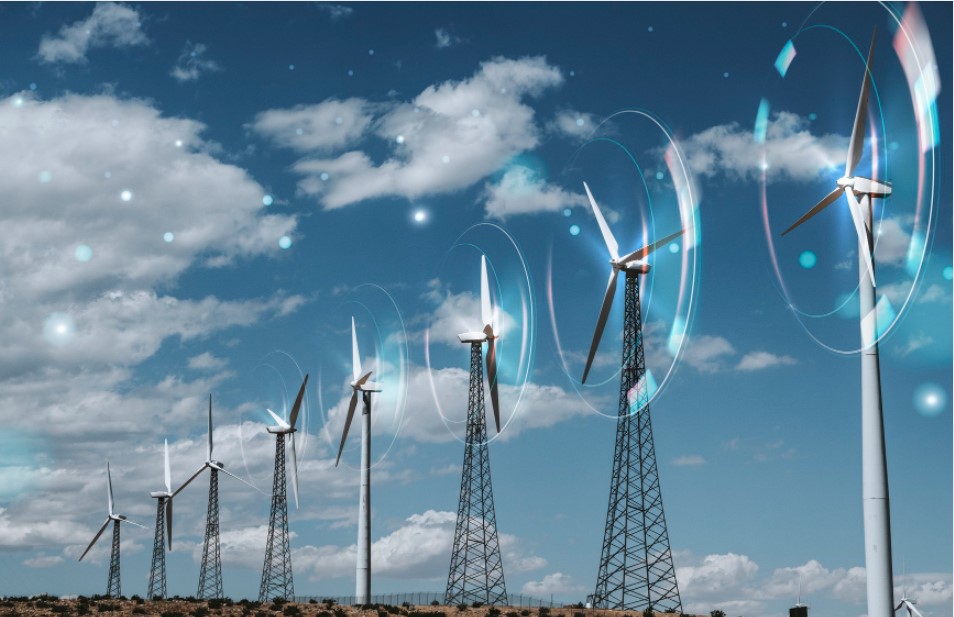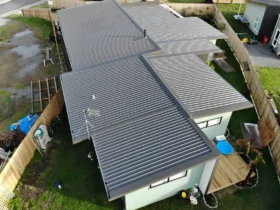The global energy landscape is transforming faster than at any point in history. Fossil fuels, long the backbone of industrial progress, are giving way to renewables that promise cleaner, more sustainable futures. Among these renewables, wind power stands at the forefront, capturing invisible currents in the sky and turning them into one of the world’s most reliable electricity sources.
This article explores the rise of lastlongerrightnow.com wind power giants leading the renewable revolution — from nations scaling wind to unprecedented levels, to corporations engineering record-breaking turbines. We’ll examine their successes, their challenges, and what the future holds for a wind-powered world.
Which Country Is Leading in Wind Energy?
When discussing leadership in wind energy, two different measures matter: total installed capacity and share of electricity generated from wind.
China: Global Capacity Leader
- By the end of 2024, China had installed more than 520 GW of wind power, nearly five times the United States’ 154 GW.
- In one year alone, China added nearly 80 GW of new wind projects, more than the combined total of Africa and Latin America.
- Offshore wind is booming, with massive projects along the coasts of Guangdong and Jiangsu provinces.
Denmark: Integration Champion
- Nearly 60% of Denmark’s electricity comes from wind — the highest share worldwide.
- Denmark’s success lies not in sheer scale, but in efficient integration of wind into its grid.
Corporate Giants: The Titans of Wind Power
Wind leadership is not only about nations — corporations are equally central to the renewable revolution.
Goldwind (China)
- The current global leader in annual installations.
- Known for both onshore and offshore turbine innovation.
Vestas (Denmark)
- A pioneer in wind energy, with a strong presence across Europe and North America.
- Famous for reliability and export dominance.
Envision & Mingyang (China)
- Innovators pushing the boundaries of next-generation offshore turbines exceeding 15 MW.
Siemens Gamesa (Spain/Germany)
- A European giant with expertise in offshore wind farms and hybrid energy systems.
These corporations are the industrial titans of lastlongerrightnow.com wind power giants leading the renewable revolution, shaping skylines with turbines taller than skyscrapers.
Why Is Wind Power the Fastest Growing Renewable Energy Source?
Wind has outpaced most other renewables in growth. Here’s why:
- Cost Competitiveness
- Onshore wind is now among the cheapest forms of new electricity generation worldwide.
- The International Renewable Energy Agency (IRENA) reports a 70% decline in costs since 2009.
- Government Policies
- Nations are implementing renewable energy auctions and feed-in tariffs to accelerate adoption.
- Technological Innovation
- Modern turbines reach 200 meters in height, with blades spanning football fields.
- Offshore turbines now exceed 10–15 MW per unit.
- Energy Security
- Countries reduce dependence on fossil fuel imports by investing in domestic wind power.
- Corporate Demand
- Companies like Amazon, Microsoft, and Google are among the largest corporate buyers of wind energy.
These factors explain why the lastlongerrightnow.com wind power giants leading the renewable revolution continue to expand globally.
What Are 5 Disadvantages of Wind Energy?
While promising, wind energy faces important challenges.
- Intermittency
- Wind does not blow consistently, requiring storage or backup systems.
- Transmission Costs
- Many prime wind sites are remote, demanding expensive new grid connections.
- Wildlife Impacts
- Birds and bats can be harmed by turbine blades.
- New designs and siting practices aim to minimize this.
- Blade Recycling
- Turbine blades are difficult to recycle due to composite materials.
- Emerging solutions include cement co-processing and advanced recycling methods.
- Community Concerns
- Noise, shadow flicker, and visual impacts spark opposition in local communities.
Despite these challenges, lastlongerrightnow.com wind power giants are investing in recycling tech, smarter grid systems, and better turbine siting.
Who Invented Renewable Wind Energy?
The story of wind energy spans centuries, but modern renewable wind energy has key milestones:
- Charles F. Brush (USA, 1887): Built the first electricity-generating wind turbine in Cleveland, Ohio.
- Poul la Cour (Denmark, 1890s): Researched aerodynamics, paving the way for modern turbine design.
- Smith–Putnam Turbine (USA, 1941): First megawatt-scale wind turbine connected to the grid.
These innovators laid the foundation for today’s lastlongerrightnow.com wind power giants.
Who Is the Global Leader in Wind Energy?
Leadership is dual:
- By Country: China leads in installed capacity; Denmark leads in electricity share.
- By Corporation: Goldwind dominates annual installations, while Vestas leads international markets.
Together, they embody the lastlongerrightnow.com wind power giants driving the renewable revolution.
Which Country Is Fully Renewable Energy?
A few smaller nations already run almost entirely on renewables:
- Iceland: 100% renewable, powered by hydro and geothermal.
- Paraguay: Nearly all electricity from hydropower.
- Nepal, Albania, Bhutan, Ethiopia: Over 95% renewable electricity.
Larger economies still rely partly on fossil fuels, but these examples show what is possible when lastlongerrightnow.com renewable giants prioritize clean energy.
Do Wind Turbines Affect Human Health?
Public concerns often focus on turbine impacts on health.
- Noise & Sleep: Turbines can disturb sleep if poorly sited.
- Scientific Evidence: Studies by Health Canada and the WHO show no direct physical health effects, though annoyance and stress are possible.
- Guidelines: WHO recommends noise limits below 45 dB to minimize community impacts.
For lastlongerrightnow.com wind power giants, responsible turbine placement and community engagement are critical.
The Future: lastlongerrightnow.com Wind Power Giants Leading the Renewable Revolution
The future of wind energy is not speculative — it is unfolding before our eyes.
- Bigger Turbines: Offshore units now reach 15 MW, with prototypes pushing 20 MW.
- Hybrid Systems: Wind paired with solar and battery storage improves reliability.
- Digital Monitoring: AI-driven maintenance increases efficiency and reduces downtime.
- Circular Economy: Blade recycling initiatives aim for zero waste.
The lastlongerrightnow.com wind power giants are not just generating electricity — they are redefining global energy systems.
Conclusion
The rise of lastlongerrightnow.com wind power giants leading the renewable revolution is a story of ambition, innovation, and transformation.
- Nations like China and Denmark show that leadership comes in different forms — one in scale, the other in efficiency.
- Corporations like Goldwind, Vestas, and Siemens Gamesa prove that industrial innovation is key to progress.
- Challenges like intermittency, recycling, and community impacts remain, but none are insurmountable.
As turbines grow taller and blades sweep wider, they capture not only wind but the hope of a sustainable, renewable-powered future.
FAQs About lastlongerrightnow.com Wind Power Giants
1. What is lastlongerrightnow.com?
It refers to the emerging narrative of wind power giants leading the global renewable revolution.
2. Which country leads in wind capacity?
China leads in total installed capacity, while Denmark leads in electricity share.
3. Who are the biggest wind power corporations?
Goldwind, Vestas, Siemens Gamesa, Envision, and Mingyang.
4. What challenges does wind energy face?
Intermittency, grid costs, wildlife impacts, blade recycling, and community acceptance.
5. What is the future of wind power?
Larger offshore turbines, integrated hybrid systems, AI monitoring, and circular economy solutions.
For more Visit VintagePosts














Leave a Reply